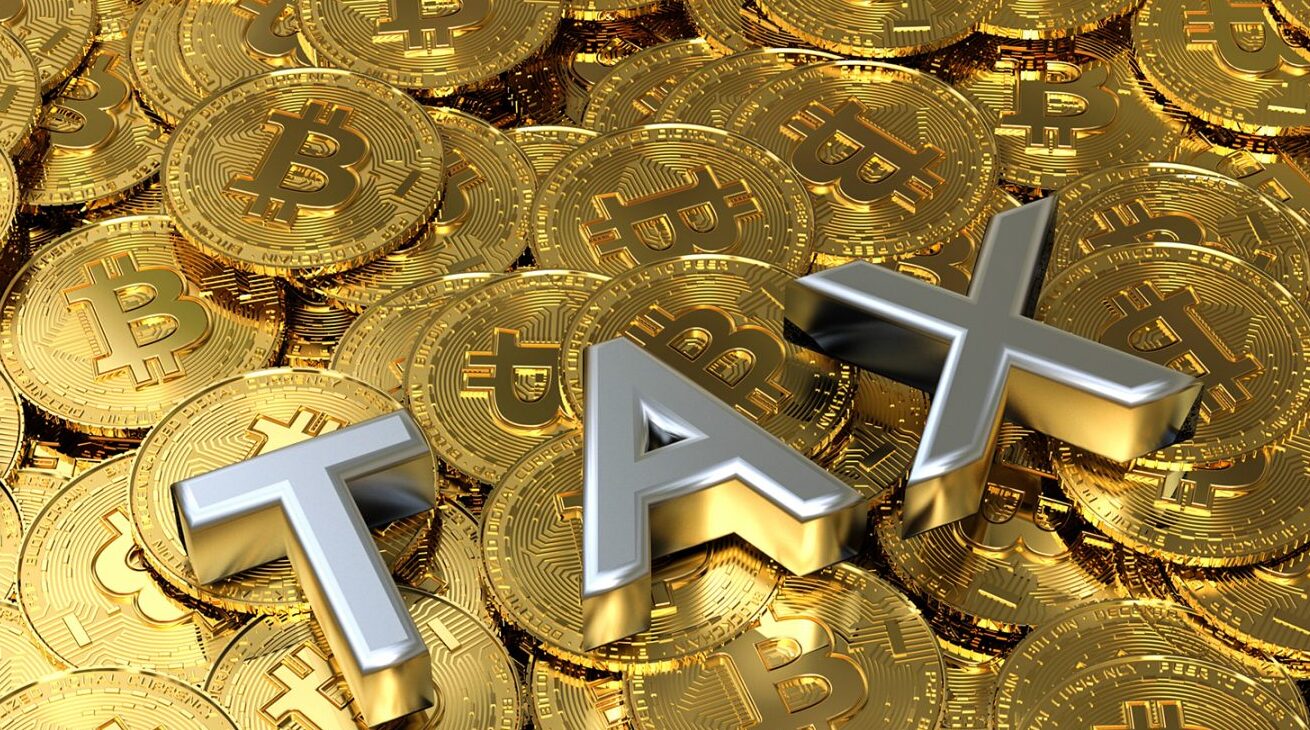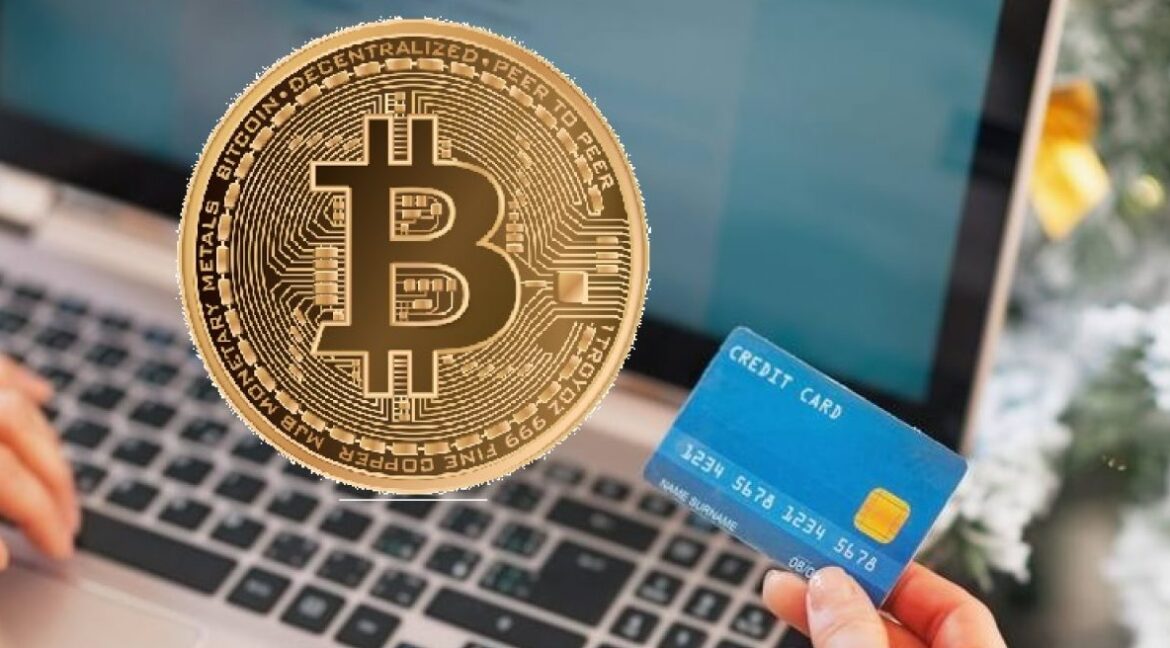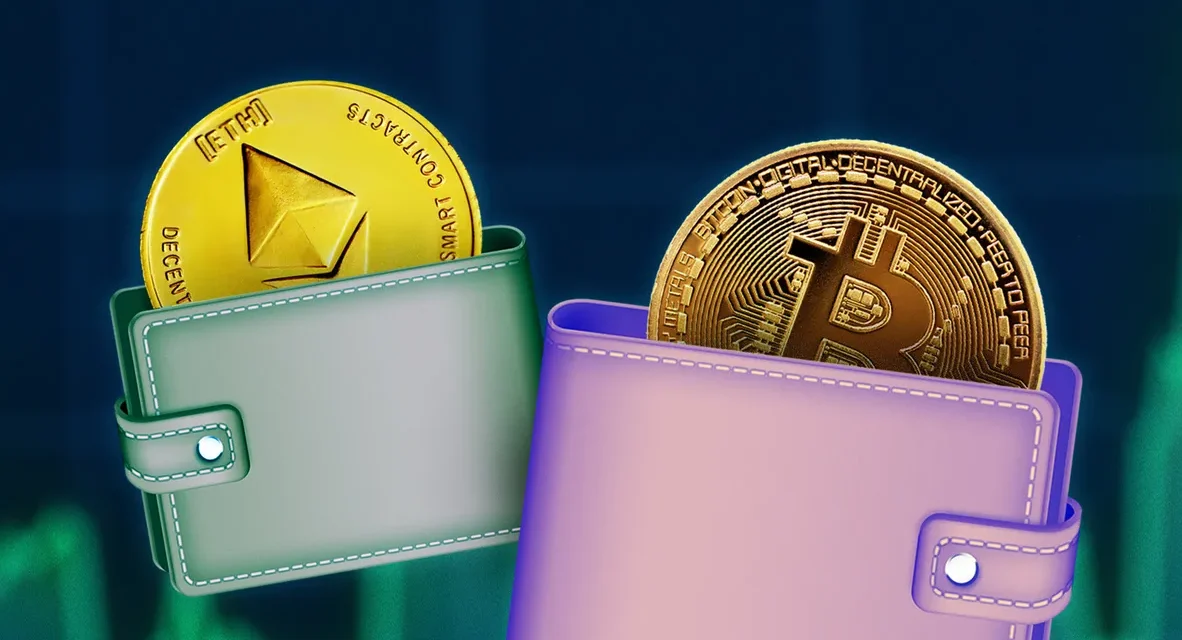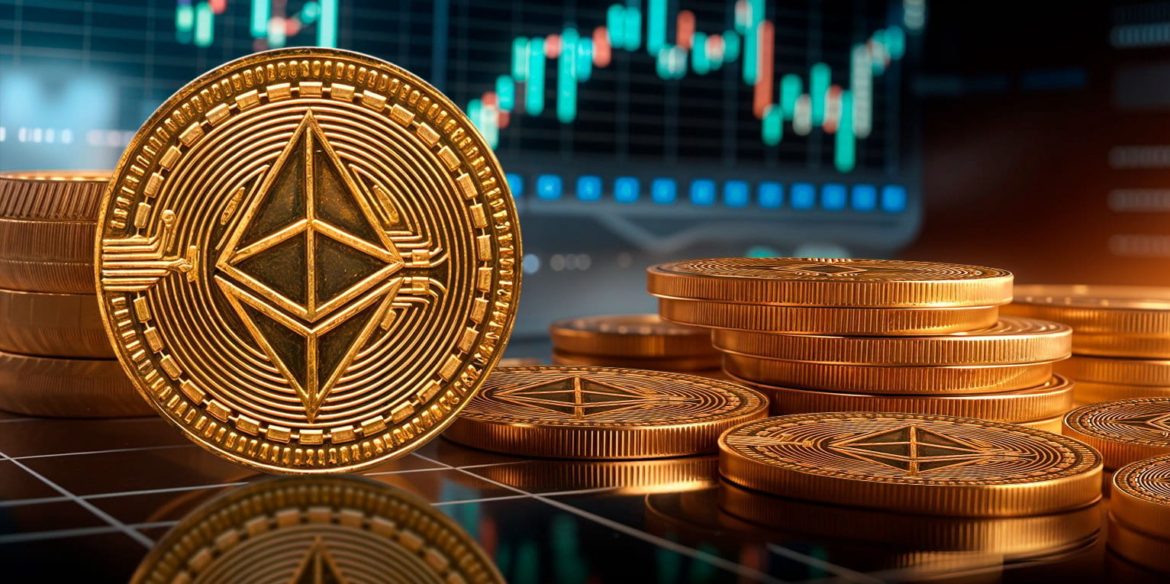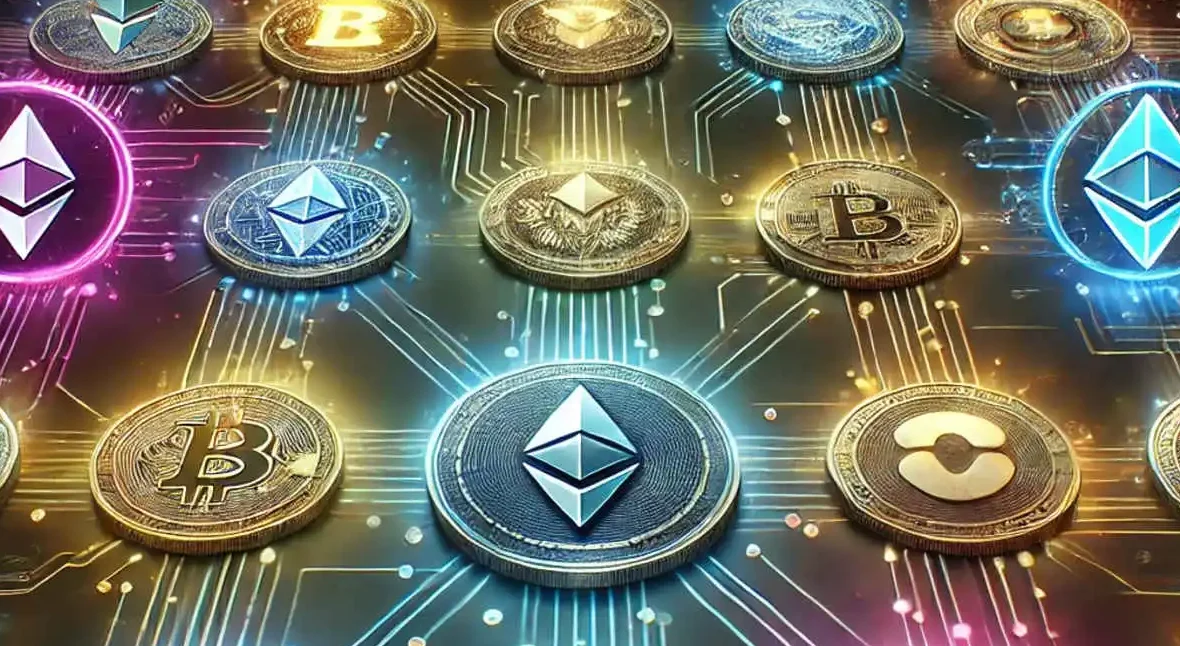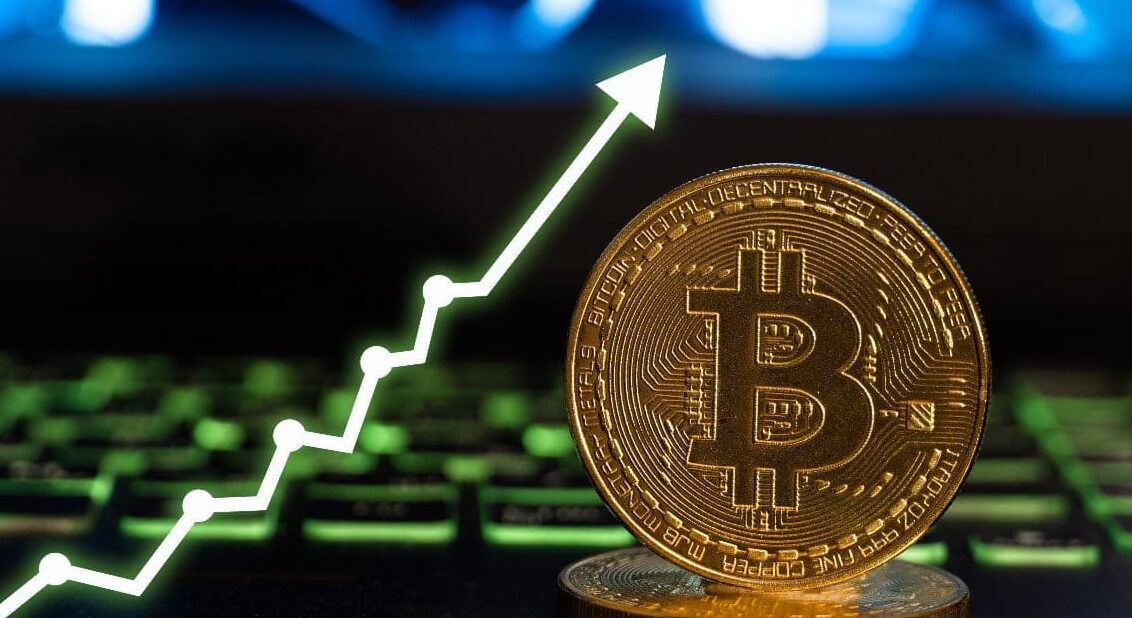In today’s increasingly regulated cryptocurrency landscape, many users are searching for where to buy bitcoin without verification to maintain their financial privacy and avoid lengthy identity verification processes. While most traditional exchanges require extensive KYC (Know Your Customer) procedures, several legitimate platforms and methods still allow you to purchase Bitcoin with minimal or no identity verification. Understanding these options is crucial for users who value privacy, live in regions with restrictive cryptocurrency regulations, or simply want to avoid sharing personal information with centralized exchanges. This comprehensive guide explores the safest and most reliable methods to acquire Bitcoin anonymously while maintaining security and avoiding potential scams or illegal activities.
Understanding Bitcoin Verification Requirements
Before exploring where to buy bitcoin without verification, it’s essential to understand why most exchanges require identity verification and what alternatives exist for privacy-conscious users.
Why Traditional Exchanges Require Verification
Most centralized cryptocurrency exchanges implement KYC procedures due to regulatory compliance requirements. These regulations, such as the Bank Secrecy Act in the United States and similar laws worldwide, require financial institutions to verify customer identities to prevent money laundering, terrorist financing, and other illicit activities. Traditional exchanges typically require multiple forms of identification, including government-issued photo ID, proof of address, and sometimes additional documentation for larger transaction amounts. This process can take days or weeks to complete and involves sharing sensitive personal information.
Legal Considerations for Anonymous Bitcoin Purchases
While seeking privacy is not illegal, it’s important to understand the legal landscape surrounding anonymous Bitcoin purchases. In most jurisdictions, buying Bitcoin itself is legal, but the method and purpose matter significantly. Users should ensure they comply with local tax reporting requirements regardless of how they acquire Bitcoin. Many countries require reporting of cryptocurrency transactions for tax purposes, even if the initial purchase was made anonymously.
Top Platforms Where to Buy Bitcoin Without Verification
Peer-to-Peer (P2P) Exchanges
P2P exchanges represent one of the most popular methods for those wondering where to buy bitcoin without verification. These platforms connect buyers and sellers directly, often with minimal verification requirements.
LocalBitcoins historically allowed users to trade with minimal verification for small amounts, though recent regulatory pressures have increased their requirements. Users can still find sellers willing to trade without extensive verification through cash transactions or other payment methods.
Bisq stands out as a truly decentralized P2P exchange that requires no registration or verification. Built on a peer-to-peer network, Bisq allows users to trade Bitcoin directly with others while maintaining complete privacy. The platform uses a security deposit system to prevent fraud and supports various payment methods.
HodlHodl offers non-custodial P2P trading with minimal verification requirements. The platform doesn’t hold user funds and allows traders to negotiate terms directly, including verification levels.
Decentralized Exchanges (DEX)
Decentralized exchanges provide another avenue for users seeking where to buy bitcoin without verification. While most DEX platforms focus on Ethereum-based tokens, some offer Bitcoin trading through wrapped Bitcoin (WBTC) or other Bitcoin-pegged assets.
Uniswap and SushiSwap allow users to trade wrapped Bitcoin (WBTC) without any identity verification. Users need an Ethereum wallet and can swap other cryptocurrencies for WBTC, which maintains a 1:1 peg with Bitcoin.
AtomicDEX supports atomic swaps between different cryptocurrencies, including Bitcoin, without requiring any personal information or account creation.
Bitcoin ATMs for Anonymous Purchases
Bitcoin ATMs offer a physical solution for those researching where to buy bitcoin without verification. Many Bitcoin ATMs allow small purchases without identity verification, typically up to $200-$1000 per day depending on local regulations.
To use Bitcoin ATMs anonymously, users need a Bitcoin wallet (mobile app or hardware wallet) and cash. The process involves selecting the purchase amount, scanning the wallet QR code, inserting cash, and receiving Bitcoin directly to the wallet. Popular Bitcoin ATM operators include CoinFlip, Bitcoin Depot, and CoinCloud. Use online directories like CoinATMRadar to locate nearby machines and check their verification requirements.
Privacy-Focused Exchanges
Several cryptocurrency exchanges cater specifically to privacy-conscious users and offer limited verification options.
KuCoin allows users to trade up to 1 BTC per day without identity verification, requiring only email registration. While not completely anonymous, this provides more privacy than traditional exchanges.
OKX offers similar no-KYC limits for small trades, allowing users to purchase Bitcoin with minimal personal information.
Gate.io provides trading capabilities without full verification for smaller amounts, though users should check current policies as these frequently change.
Alternative Methods to Buy Bitcoin Anonymously

Cash-Based Transactions
Direct cash transactions represent the most anonymous method for purchasing Bitcoin. Users can find local traders through various channels and conduct face-to-face exchanges.
LocalCryptos (formerly LocalEthereum) facilitates in-person cash trades with built-in escrow protection. The platform supports Bitcoin trading in many regions and allows users to meet safely for cash exchanges.
Mycelium Local Trader was a popular mobile app feature that connected nearby Bitcoin users for in-person trades, though it has been discontinued in some regions.
Safety considerations for cash transactions include meeting in public places, bringing a friend, and using escrow services when possible.
Prepaid Cards and Gift Cards
Some services allow users to purchase Bitcoin using prepaid cards or gift cards, providing an additional layer of privacy.
Paxful historically supported gift card trades, allowing users to exchange various gift cards (Amazon, iTunes, Google Play) for Bitcoin with minimal verification for small amounts.
LocalCoinSwap offers similar gift card trading options, though users should verify current policies and available payment methods.
Mining Bitcoin
Bitcoin mining provides a method to acquire Bitcoin without purchasing from exchanges or other parties. While mining requires technical knowledge and equipment investment, it offers complete autonomy and privacy. Solo mining or joining mining pools allows users to earn Bitcoin rewards without any verification or identity disclosure. However, mining profitability depends on electricity costs, hardware efficiency, and Bitcoin price. Cloud mining services offer an alternative for users who want to mine without owning hardware, though these services often require some form of verification.
Security Considerations for Anonymous Bitcoin Purchases
Protecting Your Privacy
When exploring where to buy bitcoin without verification, maintaining operational security (OpSec) is crucial for protecting privacy and funds.
Use VPN services to mask IP addresses when accessing trading platforms or communicating with sellers. Tor browser provides additional anonymity layers for web-based transactions. Create separate email addresses for cryptocurrency activities and avoid linking them to your real identity or other online accounts.
Wallet Security
Choose non-custodial wallets that don’t require identity verification or account creation. Popular options include:
Electrum offers a lightweight Bitcoin wallet with strong privacy features and doesn’t require personal information.
Wasabi Wallet provides built-in CoinJoin functionality for enhanced transaction privacy.
Samourai Wallet focuses specifically on privacy and includes various features to obscure transaction patterns.
Hardware wallets like Ledger or Trezor offer the highest security for storing Bitcoin, though purchasing them anonymously requires careful consideration of shipping and payment methods.
Transaction Privacy
Bitcoin transactions are publicly recorded on the blockchain, making transaction analysis possible. Users concerned about privacy should consider:
CoinJoin services that mix Bitcoin from multiple users to obscure transaction origins and destinations.
Lightning Network payments that provide additional privacy layers through off-chain transactions.
Coin selection strategies to avoid linking multiple transactions to the same identity.
Risks and Limitations of Anonymous Bitcoin Purchases
Regulatory Compliance
Users must understand that while purchasing Bitcoin anonymously may be legal, they remain responsible for tax reporting and regulatory compliance in their jurisdiction. Many countries require reporting of cryptocurrency holdings and transactions regardless of how they were acquired. Failure to report can result in penalties or legal consequences.
Scam Prevention
Anonymous marketplaces and P2P platforms carry higher scam risks than regulated exchanges. Common scams include:
Fake escrow services that steal funds from both buyers and sellers.
Counterfeit payment confirmations in cash or digital payment methods.
Exit scams where platform operators disappear with user funds.
Always use platforms with strong reputation systems, escrow services, and community feedback mechanisms.
Limited Liquidity and Higher Costs
Anonymous Bitcoin purchasing often comes with trade-offs in terms of convenience and cost:
Higher premiums compared to regulated exchanges due to increased risk and lower liquidity.
Limited payment options may restrict purchasing flexibility.
Smaller transaction limits may require multiple purchases for larger amounts.
Future of Anonymous Bitcoin Purchases

Regulatory Trends
Cryptocurrency regulations continue evolving globally, with most jurisdictions increasing KYC requirements for exchanges and service providers. The European Union’s Markets in Crypto-Assets (MiCA) regulation and similar legislation worldwide are reducing options for anonymous cryptocurrency purchases. However, decentralized technologies and peer-to-peer trading continue evolving to maintain privacy options for users.
Technological Developments
Lightning Network adoption is growing, potentially providing more private payment options and reducing blockchain analysis effectiveness.
Atomic swaps between different cryptocurrencies may offer new ways to acquire Bitcoin without centralized exchanges.
Decentralized identity solutions might provide privacy-preserving ways to comply with regulations while maintaining user anonymity.
Best Practices for Anonymous Bitcoin Purchases
Research and Due Diligence
Before using any platform or service, research their reputation, security practices, and user feedback. Check cryptocurrency forums, Reddit communities, and review sites for user experiences. Verify platform authenticity by checking official websites, social media accounts, and community discussions. Be wary of phishing sites and fake platforms.
Start Small
When trying new platforms or methods, start with small amounts to test the process and verify legitimacy. Gradually increase transaction sizes as you gain confidence and experience. This approach minimizes potential losses if something goes wrong and allows you to learn the platform’s features safely.
Diversify Methods
Don’t rely on a single platform or method for all your Bitcoin purchases. Diversifying across multiple options reduces risk and provides alternatives if one option becomes unavailable. Consider combining different approaches such as P2P trading, Bitcoin ATMs, and privacy-focused exchanges based on your specific needs and circumstances.
Conclusion
Finding where to buy bitcoin without verification requires careful consideration of security, legality, and personal privacy goals. While options exist through P2P exchanges, Bitcoin ATMs, privacy-focused platforms, and direct trading methods, each approach carries specific risks and limitations that users must understand.
The landscape for anonymous Bitcoin purchases continues evolving as regulations tighten and technology advances. Users seeking privacy should stay informed about changing requirements and always prioritize security and legal compliance over complete anonymity.





